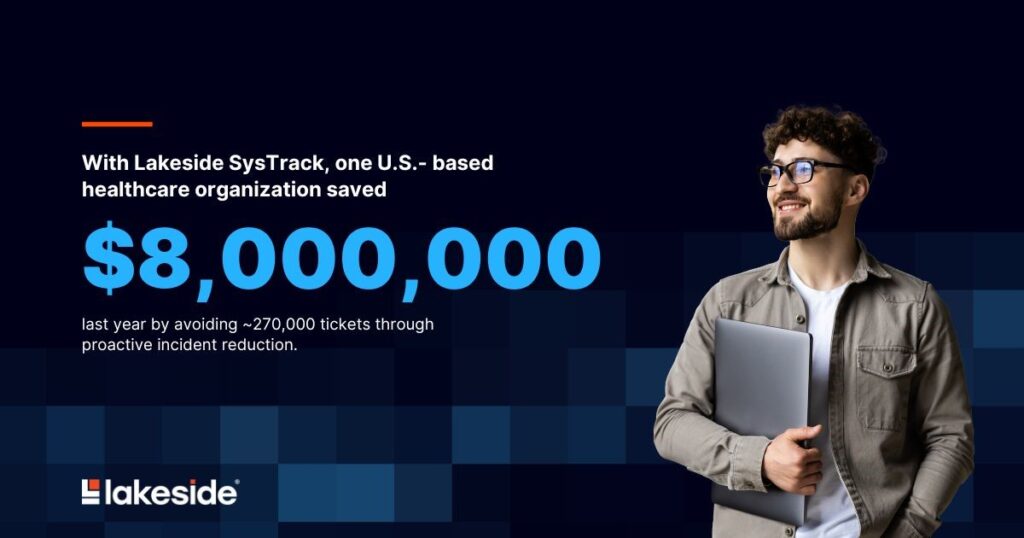Build a Proactive IT Organization to Strengthen IT Resilience in 2025 and Beyond

Building IT resilience is now table stakes for enterprises competing in the digital economy, especially as regulations such as The Digital Operational Resilience Act (DORA) come into effect. The old approach of planning for worst-case scenarios and hoping for the best no longer works for many reasons: compliance, competitiveness, continuity, and cost. The digital era — fast accelerating thanks to AI adoption— demands a more nuanced, tiered strategy for building IT resilience.
Proactive IT for operational resilience
To strengthen resilience in 2025, IT leaders must pivot from a reactive to a proactive mindset. This shift involves more than preparing for potential disruptions. It also includes equipping your organization with the tools and insights needed to recover swiftly and efficiently.
Solutions that provide visibility across your IT digital estate, such as Lakeside SysTrack, play a crucial role in building a proactive IT strategy. Complete visibility of the endpoint estate allows you understand what hardware and software users need for their job roles, which applications are critical, and how to maintain productivity even in the face of tech-related and trending challenges such as a strained economy, enterprise budget constraints, and the ongoing threat of IT outages.
While cost-cutting and operational efficiency are paramount, the need to ensure a seamless digital employee experience (DEX) is non-negotiable. In 2025, achieving this balance requires IT leaders to embrace a proactive IT strategy — driven by AI, data insights, and a DEX solution — that builds not just IT resilience but business resilience as well.
IT resilience includes keeping your IT up and running for the sake of employees, your business, and the customer experience. Traditional approaches to ITOps resolutions have been reactive, where IT teams respond to incidents after they occur. Reactive problem solving is inherently a one-by-one— or ticket-by-ticket — process. This old way of addressing one problem at a time is tedious, time-consuming, and taxing on the IT
budget. Indeed, this approach is very expensive both in terms of the IT effort and the impact on employee or end user productivity.
A proactive IT approach, by contrast, focuses on prevention and issue prioritization. The support team detects and remediates incidents before they spread and have a negative
impact on productivity and, just as important, the end-user experience. By detecting incipient IT issues and then repairing all the affected systems at once, the IT team can save a fortune for the business. Proactive IT also assures that you end up with much happier and more productive end users since they won’t have to shut down what they’re working on while a support technician either takes over their laptop or keeps them on the phone until the problem surfaces.

Shifting toward proactive IT
The traditional, reactive approach to IT support has limitations that stand in the way of delivering better digital employee experiences. First and foremost, reactive IT has little to no visibility into emerging issues — and you can’t fix something if you don’t know it’s broken. In many cases, employees don’t report problems to IT. Even if employees do report issues, they often face long delays for resolutions. Even the fastest, most efficient IT teams struggle to eliminate downtime if they wait for users to report issues before starting remediation.
Adopting a Proactive IT model requires four key elements:
1. Deep data from the endpoint
To avoid productivity-sapping IT problems, you need clear visibility into digital employee experiences — and that means collecting and analyzing endpoint data that can provide insights about the health of devices, applications, and networks. But sampling data once per day or even once per hour isn’t enough. Service desk teams might miss issues that appear only sporadically or are related to specific user tasks. With the ability to enhance that data with historical context, IT can gain a better understanding of the context surrounding issues and find their root causes more efficiently.
There are numerous solutions available for collecting and surfacing digital experience data, but most are unable to provide the breadth and depth of detail needed for proactive IT. By collecting 10,000 datapoints every 15 seconds, Lakeside SysTrack allows you to see across the entire digital landscape, providing a single source of truth for end-user experience while supporting the unique needs of IT administrators, C-level executives, HR team members, and other decision makers.
2. Automated detection
To shift from a reactive to a proactive IT model, service desk teams need to identify and address emerging issues before they impact users. Instead of waiting for users to report problems, you have to actively and continuously search for abnormalities that could signal trouble.
Employing AI models based on machine learning and powerful analytics is vital for interpreting the data you collect. You need analytics capabilities that can spot trends and determine the root causes of issues. Analytics can also help you prioritize the detected issues. Your business has finite resources: You need to first address the issues that will have the greatest impact on the largest number of users.
To identify problems early, Lakeside SysTrack uses 1,300+ sensors to constantly search for issues and anomalies. SysTrack then uses AI-powered analytics to help identify new problems. The combination of sensors and analytics can help you find and prioritize emerging issues before they disrupt productivity—thanks to anomaly detection. SysTrack tracks sensor trends and pinpoints growing areas of concern within the digital estate, so the IT team can begin proactive investigations before issues become widespread.
3. The ability to act fast
Beyond identifying and prioritizing issues, a proactive IT approach should allow for multiple ways to take action fast and in a streamlined way, including:
- Automated healing: Deploying fixes automatically, according to group policies.
- Self healing: Solving some problems before they affect users and giving users the tools to fix other problems themselves.
- Assisted healing: Enabling IT to remotely run actions on user systems to address problems.
- Mass healing: Deploying patches and updates to thousands of devices at once.
The right tools help shorten the resolution process and reduce any impact to user productivity, allowing organizations to control IT costs. These tools also scale more efficiently than a reactive approach, allowing organizations to address more problems for more users without having to dramatically expand the IT support team.
To streamline problem resolution, Lakeside SysTrack includes hundreds of pre-built scripts — written by experts and packaged by use case — enabling IT to mass-heal critical issues. Opportunities for self-healing help shift IT support to the left (i.e., “shifting left”), empowering users to solve problems for themselves without involving even Level 1 support agents.
4. Outcome tracking
After collecting data, automatically detecting issues, and taking action, it’s essential to track the outcomes, too. Assessing how well your actions have worked over time can help you fine-tune strategies. Teams should determine whether your actions have been
successful over time, whether the rate of proactive interventions is improving, and whether strategies need to be adjusted for the future.
Proactive IT is good for your bottom line.
DEX platforms such as Lakeside SysTrack, which includes an embedded AI engine based on machine learning algorithms, continually monitor the enterprise’s digital IT estate, in turn identifying early warning signs in system performance, hardware degradation, or network bottlenecks. Instead of simply reacting to critical failures, IT teams can anticipate issues, saving time and resources by prioritizing alerted issues and preventing outages before they occur.

In 2025, IT resilience will increasingly depend on a proactive IT, rather than reactive, approach. It’s time to say goodbye to reactive, costly chaos!
Want to learn more ways to build IT resilience in 2025 and beyond? Discover them in our latest e-book. See below to download your copy today.

Subscribe to the Lakeside Newsletter
Receive platform tips, release updates, news and more



